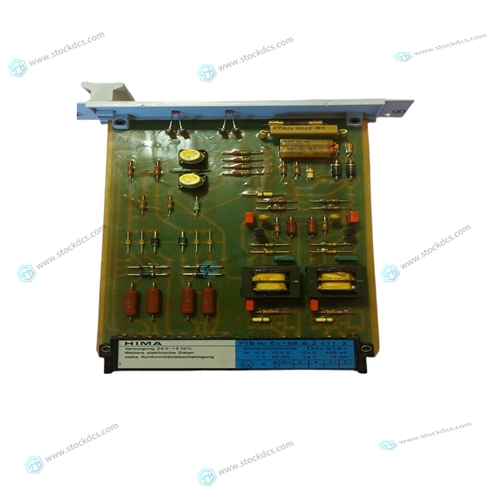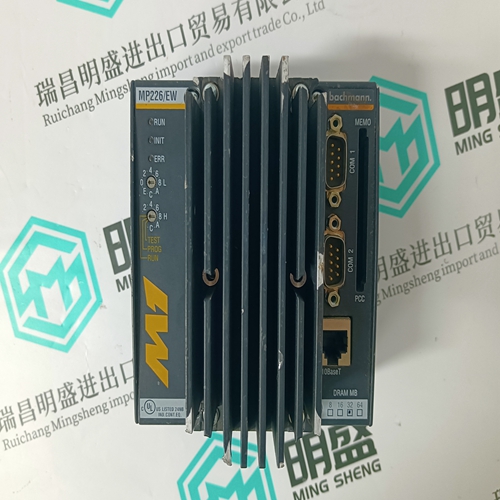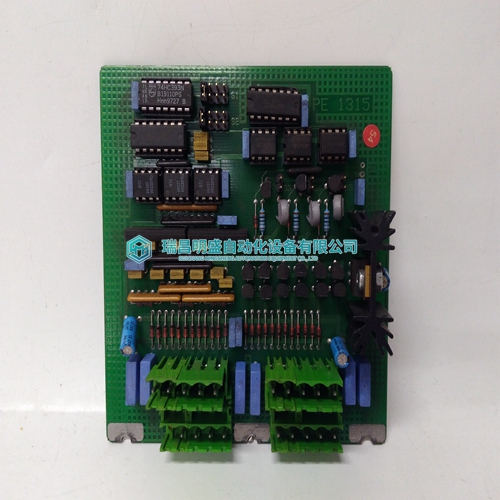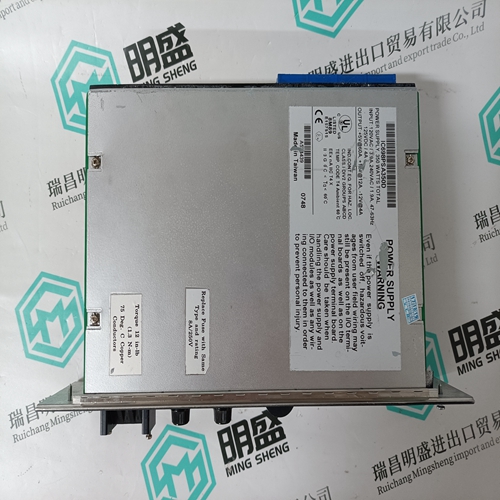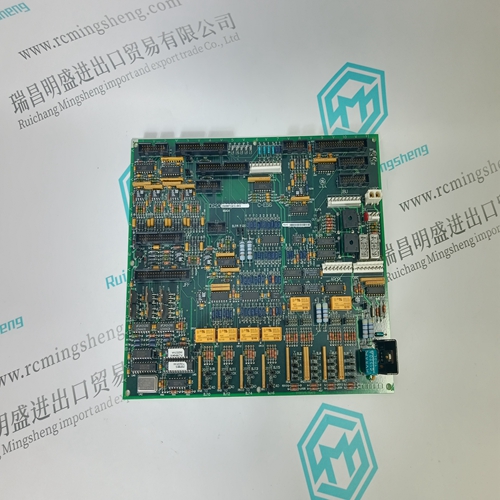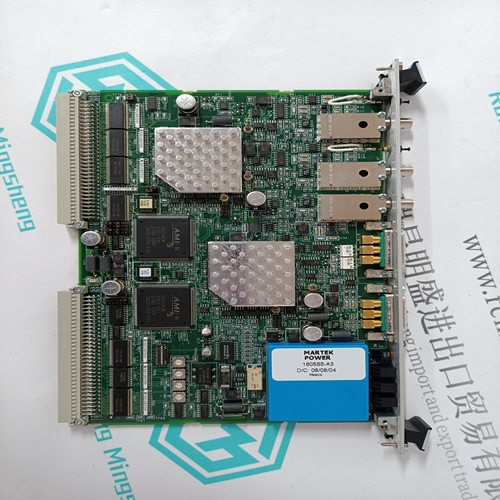Home > Product > Servo control system > HIMA F3212A Drive input module
HIMA F3212A Drive input module
- Product ID: F3212A
- Brand: HIMA
- Place of origin: Germany
- Goods status: new/used
- Delivery date: stock
- The quality assurance period: 365 days
- Phone/WhatsApp/WeChat:+86 15270269218
- Email:stodcdcs@gmail.com
- Tags:HIMAF3212ADrive input module
- Get the latest price:Click to consult
HIMA F3212A Drive input module
The EIA-232-D Standard is the most widely used interface between terminals and computers or modems, and yet it is not fully understood. This is because all the lines are not clearly defined, and many users do not see the need to conform for their applications. A system should easily connect to any other. Many times designers think only of their own equipment, but the state-of-the-art is computerto-computer or computer-to-modem operation. The EIA-232-D Standard was originally developed by the Bell System to connect terminals via modems. Therefore, several handshaking lines were included. In many applications these are not needed, but since they permit diagnosis of problems, they are included in many applications.
There are several levels of conformance
that are appropriate for typical EIA-232-D interconnections. The bare minimum requirement is the two data lines and a ground. The full version of EIA-232-D requires 12 lines and accommodates automatic dialing, automatic answering, and synchronous transmission. A middle-of-the-road approach is illustrated in Figure A-1. One set of handshaking signals frequently implemented are RTS and CTS. CTS is used in many systems to inhibit transmission until the signal is high. In the modem application, RTS is turned around and returned as CTS after 150 microseconds. RTS is programmable in some systems to work with the older type 202 modem (half duplex). CTS is used in some systems to provide flow control to avoid buffer overflow. This is not possible if modems are used. It is usually necessary to make CTS high by connecting it to RTS or to some source of + 12 volts such as the resistors shown in Figure A-1. It is also frequently jumpered to an MC1488 gate which has its inputs grounded (the gate is provided for this purpose). Another signal used in many systems is DCD.
The original purpose of this signal
was to tell the system that the carrier tone from the distant modem was being received. This signal is frequently used by the software to display a message like CARRIER NOT PRESENT to help the user to diagnose failure to communicate. Obviously, if the system is designed properly to use this signal, and it is not connected to a modem, the signal must be provided by a pullup resistor or gate as described before (see Figure A-1). Many modems expect a DTR high signal and issue a DSR. These signals are used by software to help prompt the operator about possible causes of trouble. The DTR signal is used sometimes to disconnect the phone circuit in preparation for another automatic call. It is necessary to provide these signals in order to talk to all possible modems (see Figure A-1). Figure A-1 is a good minimum configuration that almost always works. If the CTS and DCD signals are not received from the modem, the jumpers can be moved to artificially provide the needed signal.






About us
We are professional company and we are expert in this business, we have highly experienced production team, or sales team, or purchase team, we have most advanced production line. We are reputable in the market.
Our products
A company specializes in the sales of module spare parts of global famous brands (DCS system) (robot system) (large servo control system). The company's products include distributed control system (DCS), programmable controller (PLC), MOTOROLA MVME industrial module, industrial control communication converter (Anybus), remote output/input module (RTU), industrial computer (IPC), industrial low screen screen (IPC) HMI SCSI (50, 68, 80Pin) AnyBus (Gateway) has become a global sales enterprise of industrial automation spare parts and components
